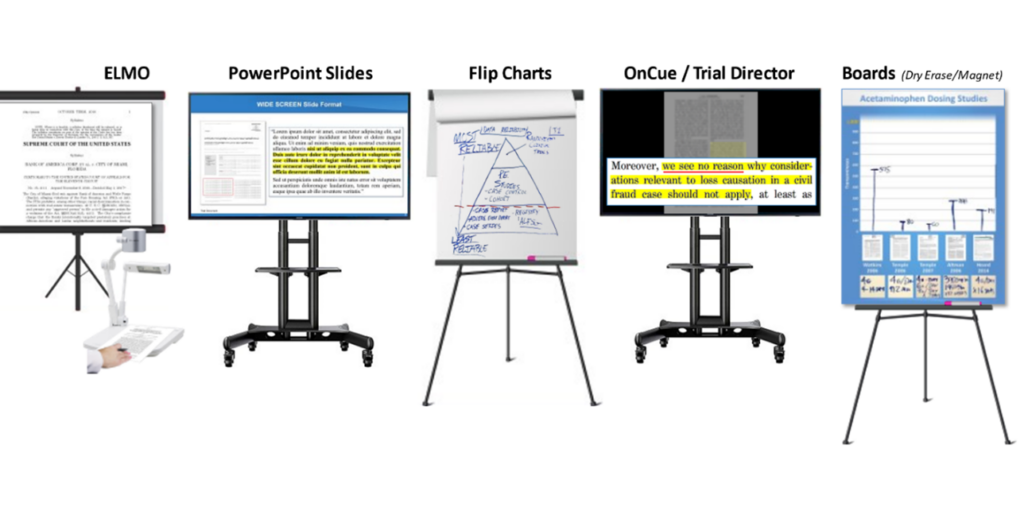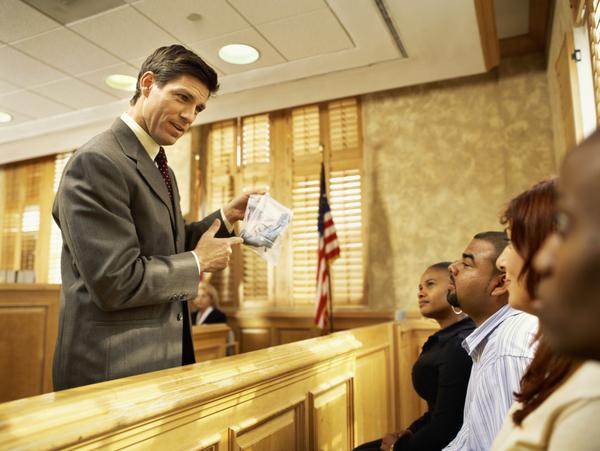Deliver clarity and impact with expertly designed trial presentations tailored to your needs.
Deliver clarity and impact with expertly designed trial presentations tailored to your needs.
Blog Article
Just How Trial Presentations Enhance Your Debate and Persuade Jurors
Trial presentations serve as a critical mechanism for enhancing legal arguments and convincing jurors. The strategic usage of visuals not only makes clear intricate details however also captures jurors' interest more properly than words alone.

Value of Visual Help
Aesthetic aids play an essential function in boosting the effectiveness of trial discussions, as they can dramatically raise audience engagement and retention of details. In the context of a test, where jurors are tasked with handling complex details, aesthetic aids offer to streamline and clear up bottom lines. Graphes, charts, and photos can communicate data and ideas that might otherwise bewilder or perplex jurors, permitting for a much more uncomplicated understanding of the evidence offered.
Additionally, aesthetic aids help in preserving juror interest throughout the procedures. By damaging the uniformity of verbal testimony, these tools can stress important disagreements, making them much more memorable. Reliable visual help can likewise evoke psychological responses, which can be critical in encouraging jurors to line up with the speaker's story.

Crafting Engaging Narratives
A compelling narrative is essential in test discussions, as it acts as the backbone of efficient persuasion. It enables lawyers to weave together truths, proof, and emotional elements into a systematic tale that reverberates with jurors. This narrative framework allows jurors to understand the intricacies of the case while leading them with the lawyer's disagreement.
To craft an engaging story, attorneys need to concentrate on clarity and comprehensibility. This entails developing a clear protagonist-- often the customer-- and describing their journey with the events in question. Providing the truths in a sensible series improves understanding and preserves involvement. In addition, making use of brilliant summaries can produce psychological pictures that aid jurors imagine the events, making the story a lot more unforgettable.
In addition, integrating essential styles throughout the discussion strengthens the core message and aids in retention - trial presentations. The narrative needs to not only share info however also stimulate a sense of justice, highlighting the risks entailed. Eventually, a sound narrative cultivates a connection between the jurors and the instance, placing the attorney's debate as both trustworthy and engaging, thus raising the probability of a beneficial judgment

Involving the Court Emotionally
Effective court engagement pivots on the attorney's capacity to get in touch with jurors on an emotional degree. This connection can dramatically impact jurors' assumptions and their utmost decision-making. Utilizing sob stories enables attorneys to humanize the situation, transforming abstract lawful concepts into relatable experiences. By presenting real-life stories or endorsements, attorneys can stimulate compassion and empathy, cultivating a much deeper understanding of the concerns at risk.
Visual help, such as photographs or videos, can better boost emotional involvement, giving jurors with vivid representations of the situation's human components. Crafting a narrative that highlights the battles and victories of the individuals entailed makes sure that jurors see past the lawful disagreements and recognize the human repercussions of their choices.
Additionally, tone and body movement play a vital role in conveying emotion. A lawyer's passionate delivery can resonate with jurors, reinforcing their psychological investment in the case. It's essential to stabilize emotional allures with valid evidence, ensuring that jurors feel obliged to act while continuing to be based in the truth. Eventually, a psychologically engaged jury is extra most likely to be persuaded, making psychological connection a crucial part of effective test Resources discussions.
Structuring Your Discussion

The body of the presentation must be logically fractional into bottom lines, each supported by engaging evidence. It is beneficial to make use of narration strategies to weave truths right into a story that jurors can conveniently follow. Visual aids, such as graphes and video clips, can improve comprehension and involvement, assisting to highlight important pieces of proof.
Real-World Instance Studies
Checking out real-world case studies supplies indispensable understandings into the art of trial discussions and persuasion. The defense team successfully utilized a strategy that integrated high-profile specialist testimonies with multimedia presentations, which mesmerized jurors and eventually influenced their decision.
Another noteworthy example is the "McDonald's Coffee Instance," where the plaintiff's lawyers made use of graphic photos of the injuries suffered by Stella Liebeck. trial presentations. This raw aesthetic proof played an essential function in conveying the seriousness of her burns, causing a substantial court honor. Such situations demonstrate that impactful trial discussions often Website depend upon the efficient assimilation of visuals and storytelling to evoke emotional responses from jurors
Additionally, the "Casey Anthony Trial" highlighted the importance of narrative comprehensibility and credibility. The prosecution's failure to establish a compelling timeline diminished their influential power, highlighting the necessity of a well-structured discussion. Assessing these instances discloses that effective trial presentations require tactical preparation, psychological engagement, and the ability to resonate with jurors' values and ideas.
Conclusion
Trial discussions significantly boost arguments and persuade jurors through the tactical usage of aesthetic help, engaging narratives, and psychological interaction. A well-structured presentation balances psychological charms with accurate proof, inevitably resonating with jurors' worths.
Report this page